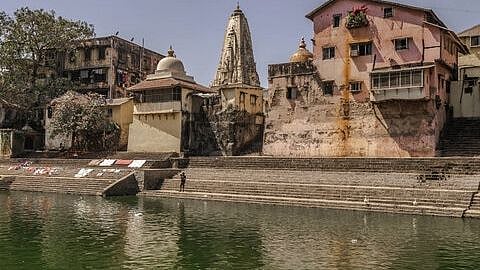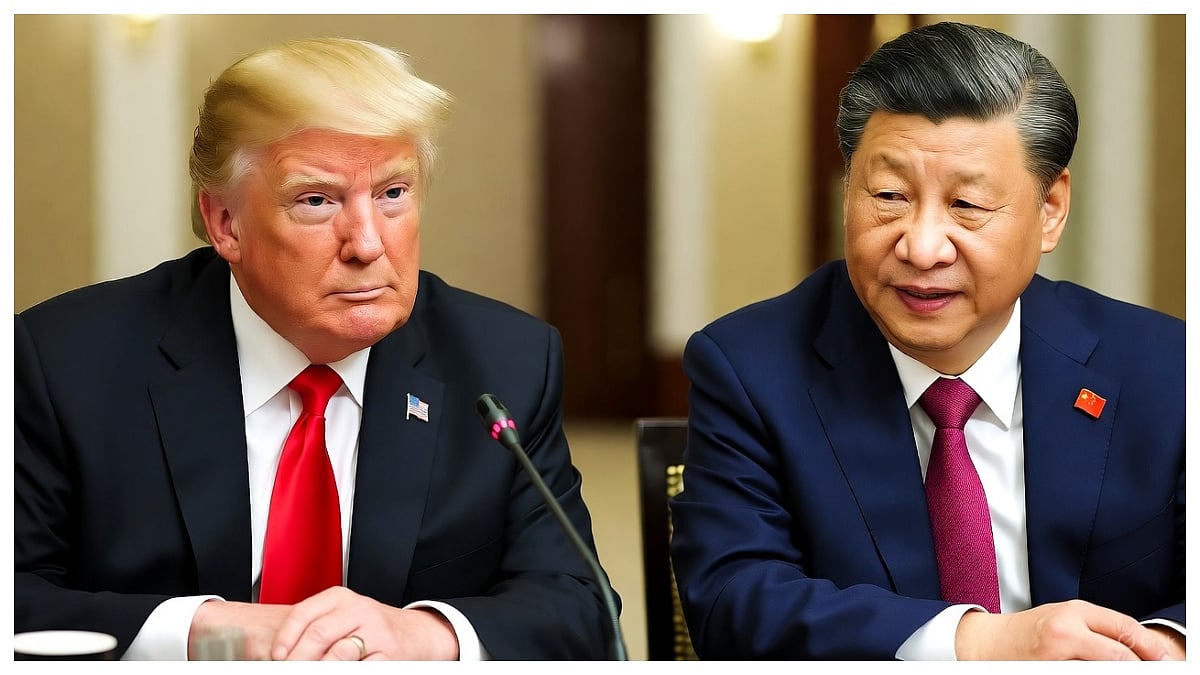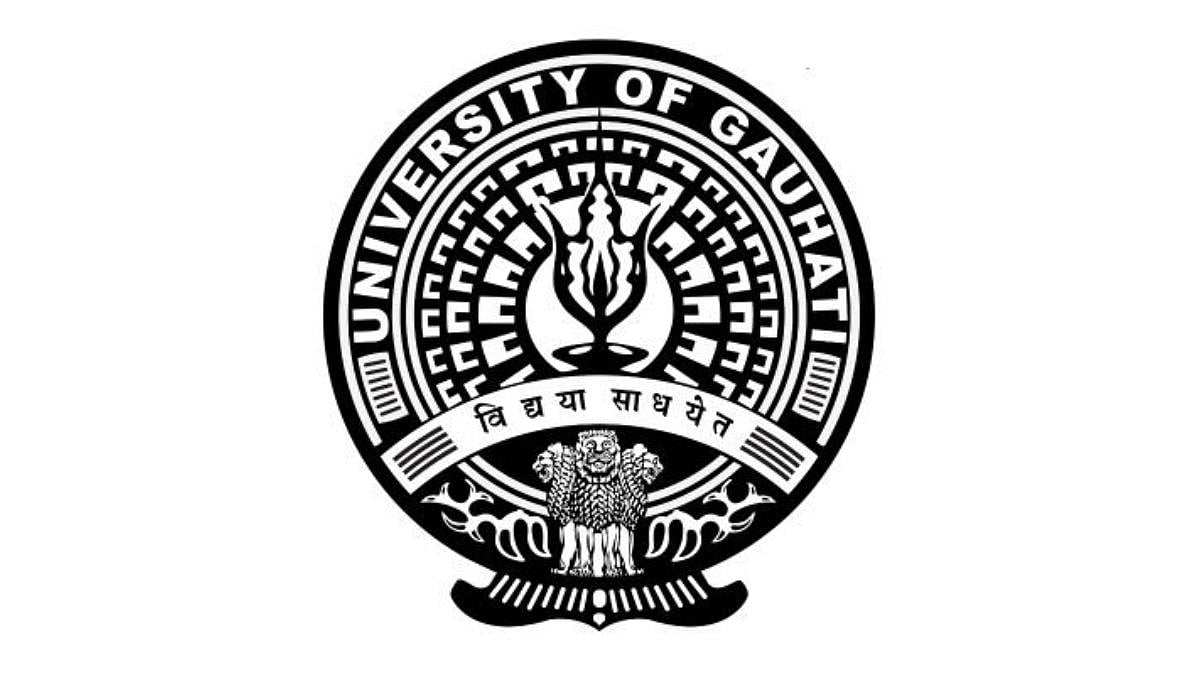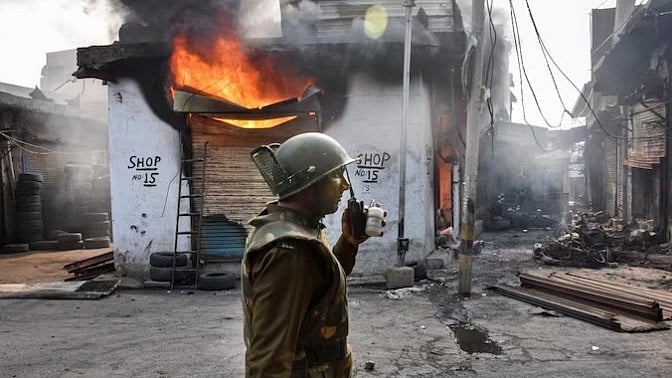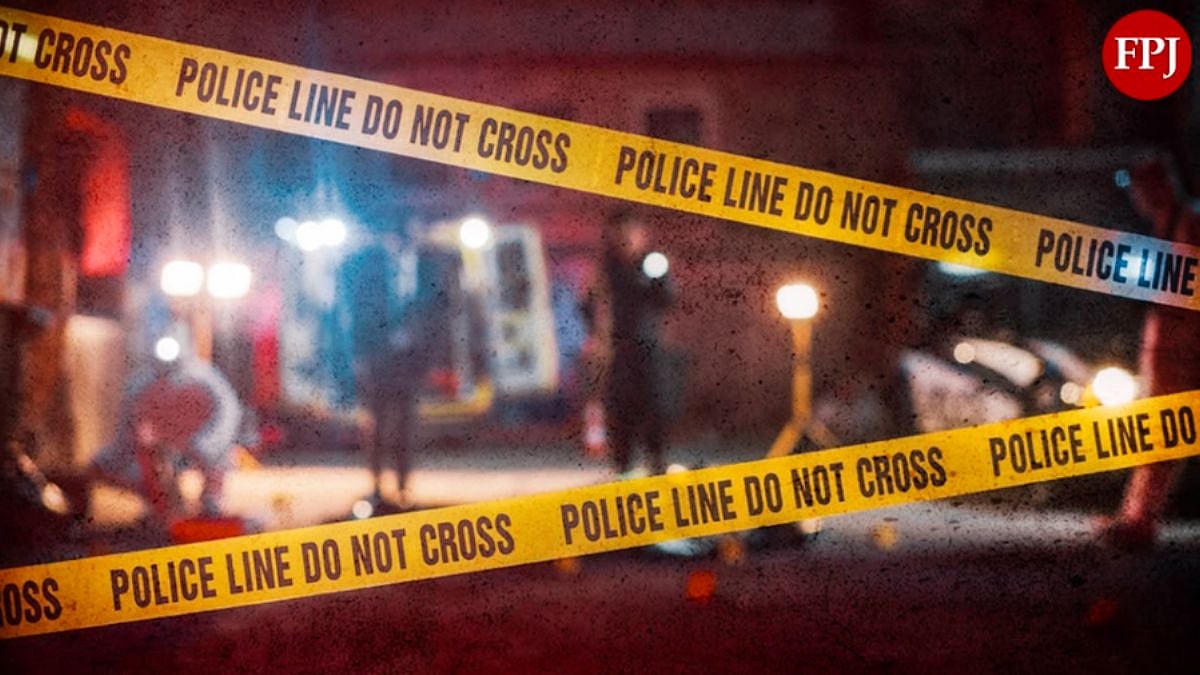New Delhi: Delhi woke up on Thursday, October 30, to a thick blanket of smog as air quality across the national capital and surrounding NCR cities dipped immensely, pushing the Air Quality Index (AQI) into the ‘Severe’ category in several areas.
According to the Central Pollution Control Board (CPCB), pollution levels breached the 400 mark in several parts of the city, severely affecting visibility and public health.
The AQI at Akshardham reached 409, one of the highest readings in the capital, while other monitoring stations also reported figures well above the safe limit. Residents complained of irritation in the eyes and throat, breathing difficulties, and a strong smell of smoke hanging in the air.
Authorities have deployed truck-mounted water sprinklers in several zones in an attempt to settle dust and control the worsening smog, but conditions remain grim as winter sets in and wind speeds drop.
AQI levels across key areas
According to CPCB data, several neighbourhoods recorded AQI levels categorised as ‘Very Poor’ to ‘Severe’:
Akshardham - 409
Ashok Vihar - 385
Aya Nagar - 322
Bawana - 382
Burari Crossing - 366
CRRI Mathura Road - 332
Dr Karni Singh Shooting Range - 350
DTU - 259
Dwarka - 367
IGI Airport - 316
Dilshad Garden - 363
ITO, Delhi - 365
Jahangirpuri - 385
Jawaharlal Nehru Stadium - 356
Lodhi Road - 325
Most stations in North and East Delhi, including Bawana, Jahangirpuri, and Burari Crossing, reported severe air pollution levels, while central and southern regions such as Lodhi Road and Aya Nagar fared only marginally better.
Health concerns rise as visibility falls
The drop in air quality has coincided with falling temperatures, trapping pollutants close to the surface and creating a dense layer of smog across the city. Residents reported hazy skies and a visible reduction in sunlight during morning hours.
Medical professionals have warned of a rise in respiratory and eye-related ailments, urging citizens to stay indoors where possible and use protective masks when stepping out. Meanwhile, civic bodies have intensified road cleaning and water sprinkling to mitigate the crisis.
After the failed measure to bring artificial rain in the city through cloud-seeding, Delhi’s air remains among the most polluted in the world.

